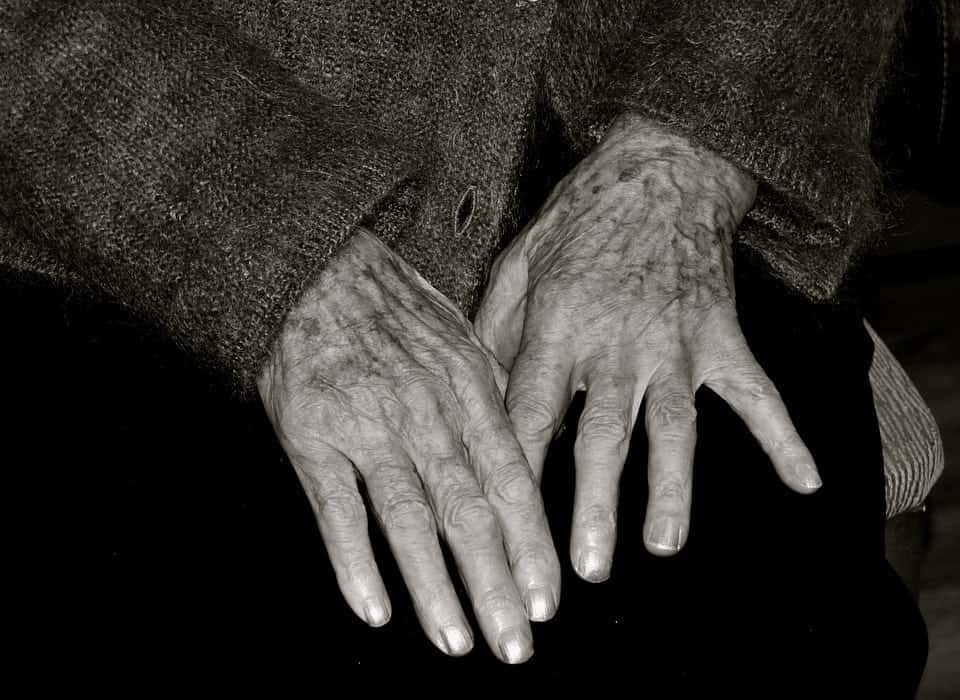
Photo: PA
Alzheimer’s disease could be treated with a drug that targets the brain’s cleaning chemicals, according to new research.
The neurological illness is caused when the ‘trash cans’ of neurons stop working, say scientists.
Known as lysosomes, they get rid of old proteins and blood fats that are potentially harmful.
They have been found to be damaged in all people who have died with Alzheimer’s – turning current understanding on its head.
The alternate theory, published in the journal ACS Central Science, offers hope of better therapies – and even a cure.
It has been widely agreed the devastating symptoms of memory loss and confusion are triggered by a toxic protein called amyloid beta that gathers in plaques.
But every medication developed to date has failed in trial participants.
Lead author Professor Ryan Julian believes his peers are barking up the wrong tree.
He said: “The dominant theory based on amyloid beta build up has been around for decades, and dozens of clinical trials have been attempted, but all have failed.
“In addition to plaques, lysosomal storage is observed in brains of people who have Alzheimer’s disease.
“Neurons – fragile cells that do not undergo cell division – are susceptible to lysosomal problems, specifically, lysosomal storage, which we report is a likely cause of Alzheimer’s disease.”
Lysosomes are the ‘rubbish bins’ of cells, tiny molecules where old proteins and lipids go to be broken down to their building blocks – and are recycled to create fresh ones.
But if the material that enters cannot be degraded, those pieces remain – resulting in storage.
Alzheimer’s, the most common cause of dementia, is characterised by plaques of amyloid and tangles of tau, another rogue protein. Most potential treatments have focused on these abnormal structures.
Prof Julian and colleagues say lysosomes could account for the various pathologies associated with a disease that affects 5.7 million people in the US and 850,000 in the UK.
Plaques of amyloid beta look like clumps in the spaces between neurons. Tangles of tau resemble fibres inside cells.
Prof Julian, a chemist at University of California, Riverside, said: “The brains of people who have lysosomal storage disorder, another well-studied disease, and the brains of people who have Alzheimer’s disease are similar in terms of lysosomal storage.
“But lysosomal storage disorder symptoms show up within a few weeks after birth and are often fatal within a couple of years. Alzheimer’s disease occurs much later in life. The time frames are, therefore, very different.”
Long-lived proteins, including amyloid beta and tau, can undergo spontaneous modifications that can make them undigestible by the lysosomes.
Prof Julian said: “Long-lived proteins become more problematic as we age and could account for the lysosomal storage seen in Alzheimer’s, an age-related disease.
“If we are correct, it would open up new avenues for treatment and prevention of this disease.”
He added: “One way to prevent this would be to recycle the proteins so they are not sitting around long enough to go through chemical modifications.
“Currently, no drugs are available to stimulate this recycling – a process called autophagy – for Alzheimer’s disease treatment.”
It also has implications for other age-related diseases such as macular degeneration and cardiac diseases linked to lysosomal pathology.
Study co-author Prof Byron Ford, also of UC Riverside, said: “This collaboration between laboratories in our distinct research fields provides us a unique opportunity to explore novel mechanisms and potential treatment targets for Alzheimer’s disease and other neurodegenerative disorders.”
They now plan to examine the extent of the protein modifications in human brains as a function of age. The researchers will study brains of people with Alzheimer’s as well as those of people not afflicted by it.
Over one in 10 registered deaths in 2018 due to dementia and Alzheimer’s click here